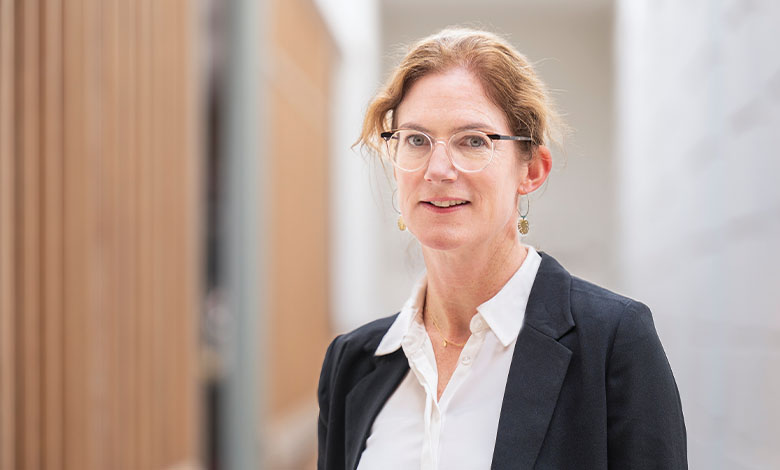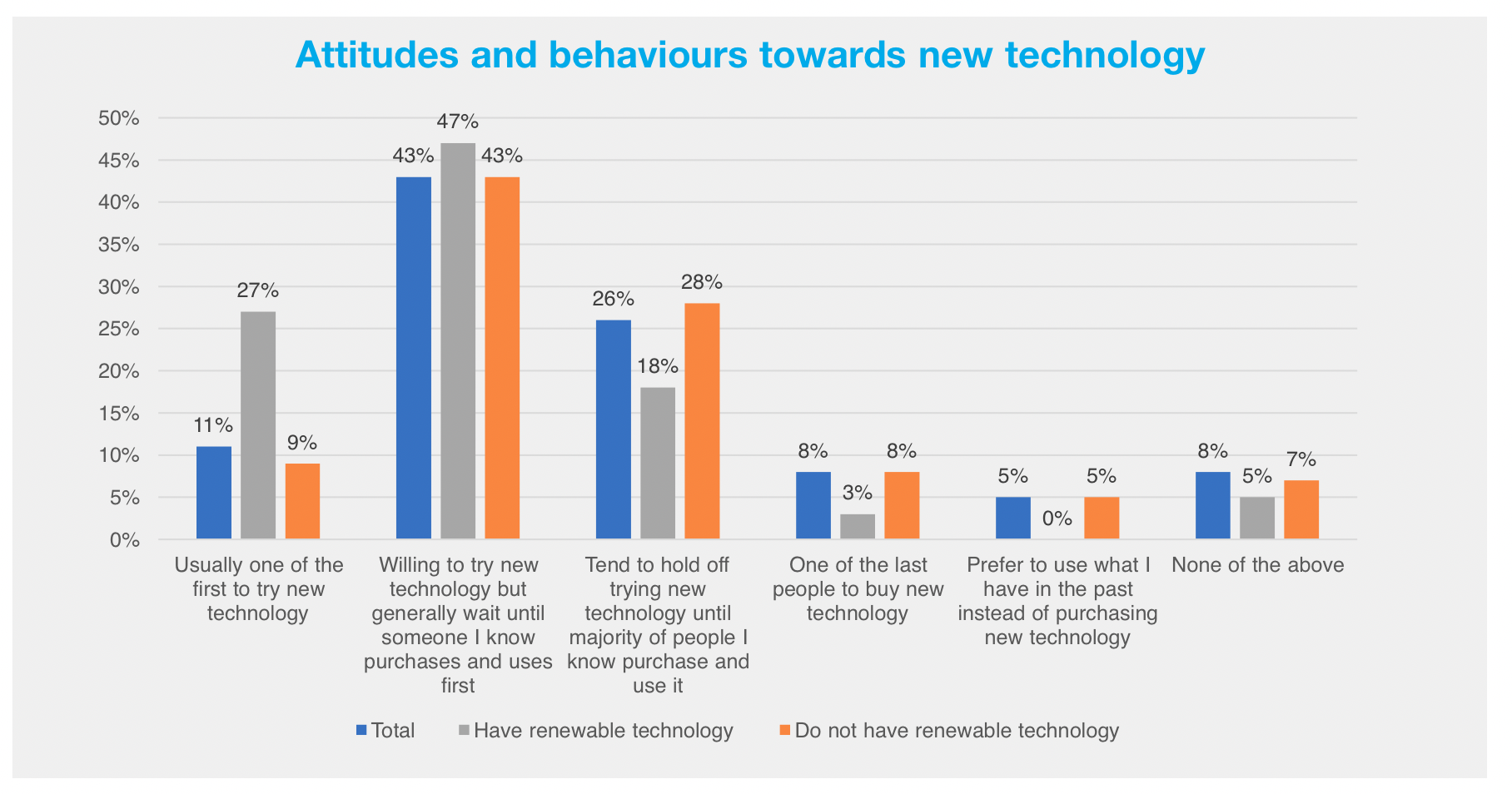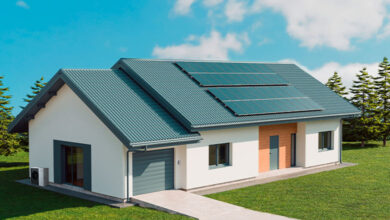Modelling household decisions to adopt heat pumps

UCD energy economist Lisa Ryan outlines some of the research being undertaken to understand household attitudes to adopting heat pumps.
Highlighting a context whereby many countries across the globe are targeting the electrification of heat and transport as part of national strategies to reduce greenhouse gas emissions, Ryan believes that research to help understand the drivers of behavioural change will be key to underpinning effective policy.
The UCD Energy Institute is home to multidisciplinary research and brings together a mix of academic disciplines, such as economists, electrical and mechanical engineers, political scientists, and finance experts to look beyond the technical solutions that are needed for a future decarbonised energy system.
The EMPowER Project sees the Energy Institute provide electricity systems modelling services to the Climate Action Modelling Group within the Department of the Environment, Climate and Communications (DECC). Ryan’s work, investigating the adoption of electricity-using technologies, utilises decision-based models to explore a range of technologies from solar PV to electric vehicles, however, in this instance, she focuses on heat pumps and, in particular, the residential sector.
Electrification is widely recognised as the cleanest means to transition energy systems to renewables, but the scale of the challenge ahead can be seen in figures produced by Shell which show that the energy sector has electrified by just 2.3 per cent per decade between 1980 to 2020. In contrast, the Paris Agreement sets out that at least 8 per cent per decade will be required between 2030 to 2060.
“This means that between 2030 to 2050, we need to rapidly grow the rate of electrification, because, despite the emergence of other green fuels, renewable electricity is going to be a major driver of the decarbonisation of the energy sector,” explains Ryan.
While Ryan’s work is broadening into the commercial sector, the initial focus was on the residential sector. She explains that underpinning this decision was the understanding of the potential for buildings to provide flexible load, as economies move into higher shares of renewables.
“Our whole energy system is flipping from being one where the supply has to meet whatever demand is required, to one where the demand needs to be able to be able to flexible when the supply is not available,” she says.
“We need much more flexible electrical load on the system and electrifying heat and transport can provide flexibility and storage for times when there is not any wind.”
Additionally, as Ryan explains, greater electrification poses benefits of lessening air pollution, improving efficiency, and ideally, reducing costs for households.
Early adopters
However, despite these known truths, the characteristics of early adopters are not well established. The EMPowER Project employs a set of models of deep electrification, with three interacting modelling approaches, including the agent-based microsimulations of technology uptake. Ryan explains that these models are calibrated to Irish survey and historical data, and include the economic, social, and risk-aversion (barrier) effects that influence individual consumer decisions.
“Essentially, we are modelling individual household decisions to purchase an individual technology, taking into account economic factors, social factors, and behavioural influences, such as risk aversion. The impact of behavioural influence is important, because more and more, there is a recognition that cost is not everything for consumers.”
Ryan explains that a range of factors influence household decision-making, including:
Spatio-technical factors: Building type, socio-demographic, household density, fuel economy etc.
Economic/non-economic (monetisable): Upfront price, annual operation, and maintenance cost. Government incentives and policies, energy cost savings, and non-financial benefits such as noise reduction, aesthetics, and emissions reductions.
Psychographic/behavioural: Awareness, technology interest, risk preference, and innovation attitude etc.
Socio-demographic: Home ownership, education, peer effects, image etc.
Ryan outlines that the research motivation was driven by conflicting evidence on factors characterising early adopters, tied into a recognition that more evidence was needed on the Irish market, particularly in relation to heat pumps.

Initial work included focus groups, online surveys, the development of account-based marketing for each technology, and policy scenario modelling, via a nationally representative sample.
The initial survey in 2018 focused on people’s awareness of renewable energy technologies (RETs) and provided some interesting results; for example, while awareness of RETs was quite high, 82 per cent of people had not installed renewable technologies at all.
Solar thermal had the highest installation rate of all the technologies, correlating with the fact that this was the first technology to be awarded household government grants in Ireland.
A further finding was a correlation between whether or not neighbours or peers had installed technology, with those aware of other adopters more likely to install technology themselves. Only 11 per cent of people categorised themselves as innovators, in that they said they were usually one of the first to try new technology. Whereas the majority of people (43 per cent), said that while they were willing to try new technology, they generally wait until someone they know purchases or uses it first. A further 26 per cent said they tend to hold off trying new technology until the majority of people they knew purchase and use it.
As expected, early adopters tend to be innovators in their outlook, an important insight when trying to establish how best to ensure a technology is adopted on a large scale. However, not all trends are as easily identifiable, for example, 71 per cent expressed concern about the environment, yet many had not adopted any renewable technologies.
Summarising a statistical analysis of findings, Ryan says: “Looking at different adopters we found that generally, the type of person most likely to invest in renewable technologies are usually younger, full-time employed males, who have a higher socio-economic status. These people tend to live in newer residences, have higher energy uses, and have larger social networks.”
Alongside these surveys, researchers also developed an agent-based model, accounting for individual heterogeneity. Applied specifically to heat pumps, the model predicts that around 12.5 per cent of the 1.76 million Irish households will install a heat pump at their home in 2030 under current price and technological conditions. This figure can reach 17 per cent depending on cost and type of heat pumps.
In summary, younger households, homeowners, households in County Dublin, and households with a higher education, and a larger number of bedrooms are more likely to adopt a heat pump. However, Ryan caveats the findings by highlighting that the model is based on empirical data collected in 2018.
Concluding, she says that while models are not foolproof, evidence to date highlights that attitudes to sustainability are not sufficient predictors of uptake.
“Policies must help translate attitudes into pro-environment behaviour and all analyses show that monetary incentives are most important, especially in the short term.”





